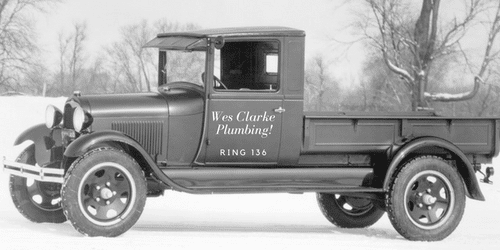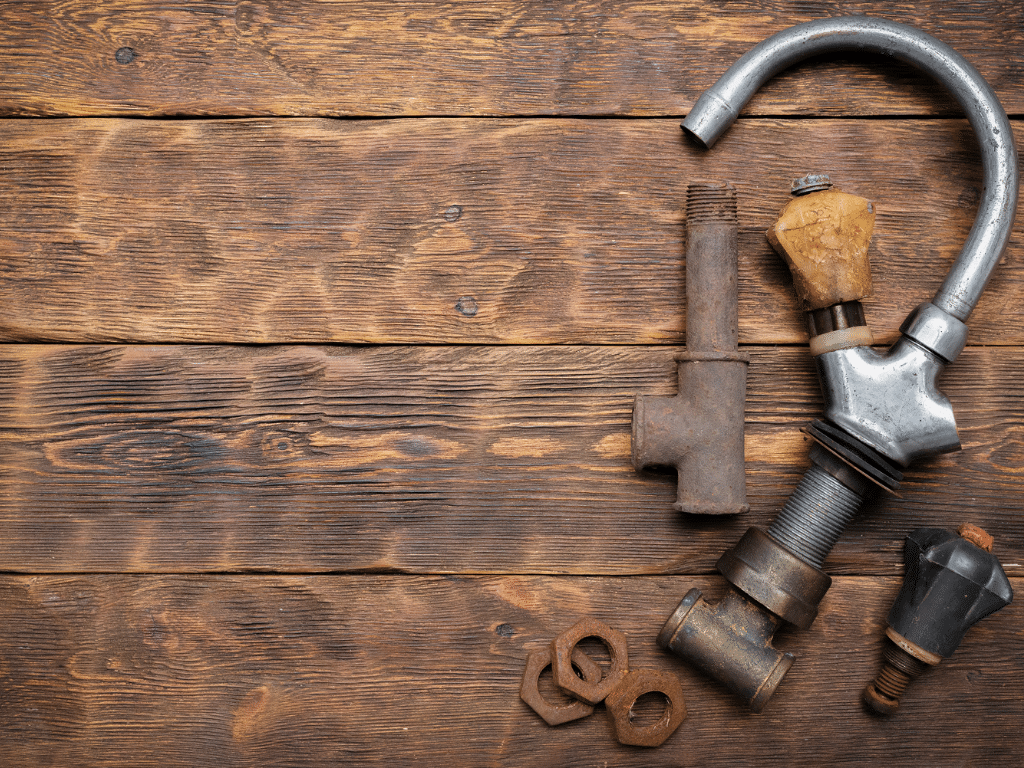Plumber in Indio, Ca
Serving Palm Desert, Indio, Rancho Mirage and Surrounding Areas
The plumbing industry is a fundamental part of every established economy due to the need for clean water, proper collection and transport of wastes, and the delivery of gases. Did you know that all pipes were initially made from lead? In fact, this was the emergence of the word plumbing since lead in Latin is ‘plumbum.’ However, the use of lead for potable water fell after World War II due to increased awareness of lead poisoning dangers. At this time, copper piping was introduced as a better and safer alternative to lead pipes.
Contact Us Today!
History of Plumbing
Plumbing arose from ancient civilizations such as the Roman, Greek, Persian, Indian, and Chinese cities. The demand for plumbing was to support the public baths and provide potable water and drainage of waste for larger numbers of people. Afterward, standardized earthen plumbing pipes with broad flanges using asphalt for preventing leakages appeared in the Indus Valley Civilization's urban settlements by 2700 B.C.
Evolution of Plumbing Equipment
Plumbing equipment includes devices often hidden behind walls or in utility spaces, which you will rarely see. They have water filters, UV sterilization lights, water softeners, water heaters, heat exchangers, gauges, and control systems.
Water systems of ancient times relied on gravity for water supply, using pipes or channels usually made of clay, lead, bamboo, wood, or stone. Also, galvanized iron piping was commonplace in the United States from the late 1800s until around 1960 for potable water use. More so, US cities began using hollowed logs in the late 1700s through the 1800s.
Eventually, copper piping took over, first soft copper with flared fittings, then with rigid copper tubing utilizing soldered fittings. Today, most plumbing supply pipe is made from steel, copper, and plastic; most waste out of steel, copper, plastic, and cast iron.

History of Plumbing Components and Fixtures
Since those early days, in addition to lengths of pipe or tubing, pipe fittings such as valves, elbows, tees, and unions were used in plumbing systems. These components acted to support plumbing material and enhance plumbing systems.
Plumbing fixtures are exchangeable devices using water that can be connected to a building’s plumbing system. Some examples of fixtures include water closets, urinals, bidets, showers, bathtubs, utility, and kitchen sinks, drinking fountains, ice makers, humidifiers, air washers, fountains, and eye wash stations.
Adoption of Plumbing Regulations
All over the world, plumbing practices popularized at different times after the emergence. As these practices slowly became business and industrial ventures, authorities started to impose regulations that would control and better them.
Regarding this, much of the plumbing work in populated areas is regulated by government or quasi-government agencies due to the direct impact on the public's health, safety, and welfare.
Plumbing installation and repair work on residences and other buildings generally needed to be done according to plumbing and building codes to protect the inhabitants of the buildings and ensure safe, quality construction to future buyers.
These regulations are supposed to be followed keenly by plumbing contractors. For instance, in the United States, plumbing codes and licensing are generally controlled by state and local governments. Then, at the national level, the Environmental Protection Agency has set guidelines about what constitutes lead-free plumbing fittings and pipes to comply with the Safe Drinking Water Act.
Conclusion- The History of Plumbing
There are many things in the plumbing industry that we credit the early man for. However, recent advancements in technology have shaped the industry by far. Notably, most of the methods that used to be relied upon by early plumbers aren’t the ones we are used to now. These include the tools, systems, appliances, and so forth. All in all, the history of plumbing is significant and worth credit for laying a foundation for modern-day plumbers.


